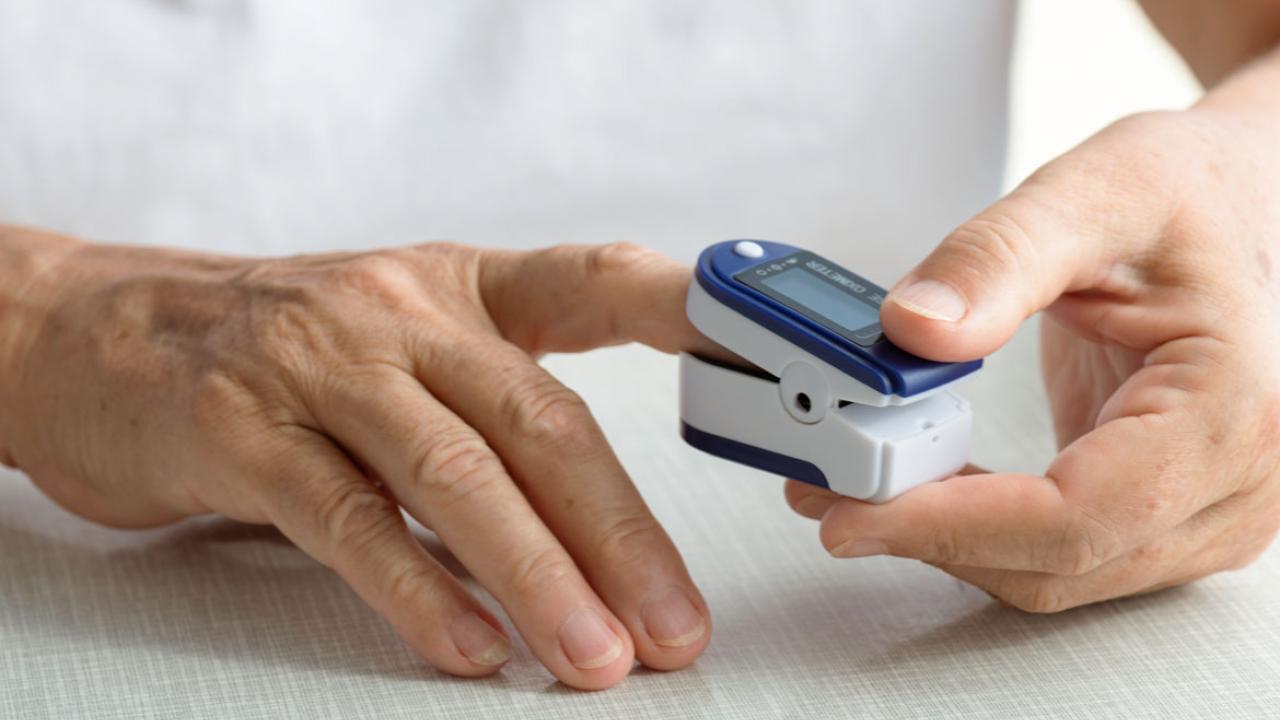How Much Do Doctors Make? [Salary by Specialty 2025]



Telemedicine is often thought of as a way to manage chronic conditions, but a study from Iowa suggests it can work for acute disease monitoring, too.
A telemedicine program in Iowa designed to closely monitor COVID-19 patients at home during their acute illness was an effective, cost-efficient and sustainable way to manage the disease and take pressure off of hospitals, research shows.
And the method of providing patients care while minimizing health care workers' exposure to disease shows potential for how future acute illnesses—whether a future pandemic or respiratory illnesses—can be appropriately managed using telemedicine, says the study, "Outcomes of a home telemonitoring program for SARS-CoV-2 viral infection at a large academic medical center." It was published in the Journal of Telemedicine and Telecare.
"The biggest takeaway from this is that disease-specific telehealth is something that can be easy to do and is very likely associated with good outcomes. It hits multiple outcomes—things that are excellent for patients and things that are also excellent for health care systems," doctors and other clinicians, said study lead author Andrew D. Bryant, MD.
He is assistant program director of the internal medicine residency program at University of Iowa Hospitals & Clinics (UIHC) and a clinical assistant professor in the department of internal medicine. UIHC is a member of the AMA Health System Program, which provides enterprise solutions to equip leadership, physicians and care teams with resources to advance their health systems.
Telehealth is often thought of as a good nontraditional way to manage chronic conditions, but this study shows that it can be effective for acute diseases, Dr. Bryant said.
Early in the pandemic, UIHC physicians and care teams turned to a telehealth program that delivered a blood pressure cuff, a pulse oximeter, contact information to report worsening symptoms, instructions for home isolation and vital signs and symptoms log sheets a COVID-19 positive patient's door. UIHC risk-stratified patients based on the age and comorbidities, a score Dr. Bryant said they were able to adjust as physicians learned more about the virus.
The patient could take their own vitals while a nurse followed up to see how they were faring, allowing as many as possible to recover without hospital care while getting those who started to worsen to the hospital before they intensive care was required.
In the nearly four-month period studied early in the pandemic before there were many treatments for COVID-19, UIHC's home surveillance program had 1,128 SARS-Co-V-2 patients meet the criteria to enroll in the home-monitoring program, with 30.7% of those patients considered at high risk for poor outcomes.
The hospitalization rate for such patients identified was 14.2% during the study period, which ended in June 2020. Among all patients in the UIHC study, 6.2% required hospitalization and 1.2% required ICU admission, the study says.
"Our observed rates of hospitalization and mortality were very low compared with national and regional averages at the time of this study," the research says. "Early in the pandemic 12% of patient diagnosed with COVID-19 required hospitalization."
Dr. Bryant said that as monoclonal antibodies and other treatments became available, they were able to incorporate that into their program. When patients get the phone call telling them they tested positive for COVID-19, they are told they will hear from a pharmacist regarding eligibility for one of the treatments. Getting all of the information on one day helps patients better understand what is going to happen, Dr. Bryant said.
"These programs have to be flexible and you need to be able to adapt based on new evidence and new guidelines," he said.
Check out the AMA COVID-19 resource center for physicians and learn more with the AMA Remote Patient Monitoring Implementation Playbook.
Comments
Post a Comment